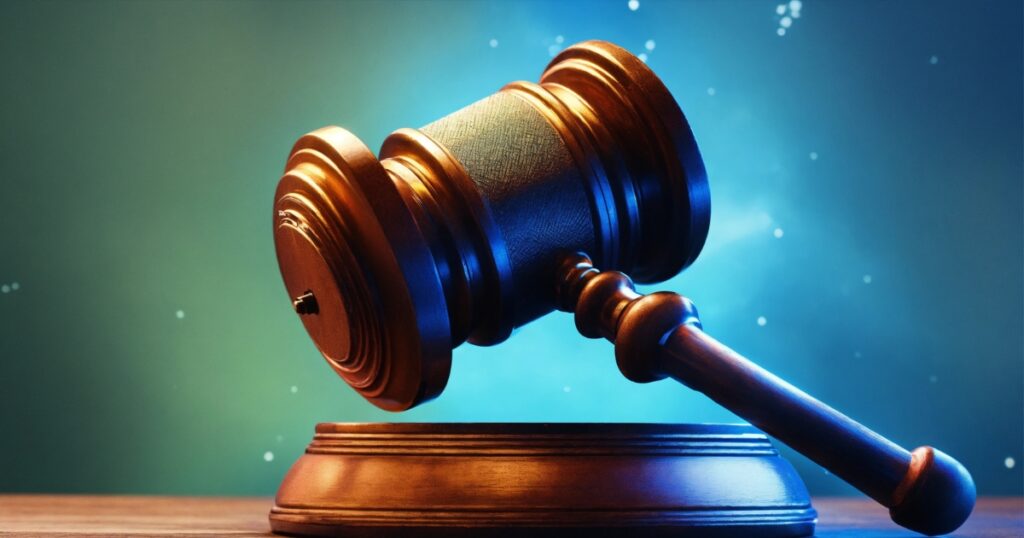Discover how AI Is Changing Governance and Elections. From voter targeting to election security, explore the transformative impact of artificial intelligence on politics, and understand the ethical challenges and future possibilities. Artificial Intelligence (AI) has moved beyond science fiction and entered the realm of public administration, elections, and political discourse. From drafting legislation to targeting voters with surgical precision, AI is transforming the way governments function and how elections are won or lost. But with great power comes great responsibility.
This article examines how AI is transforming governance and elections, the opportunities it presents, the risks it poses, and what the future may hold.
What Is Artificial Intelligence in Governance?
Artificial Intelligence refers to the simulation of human intelligence in machines programmed to think, learn, and make decisions.
In governance, AI is being used for everything from automating basic services to analyzing massive datasets that can inform policy decisions.
Governments are deploying AI in a range of areas:
Public services: AI chatbots like “Disha” in India handle citizen queries round the clock.
Predictive analytics: Law enforcement uses AI to identify high-crime areas.
Data management: AI sorts and analyzes large volumes of citizen data for welfare schemes.
These implementations aim to make governance more efficient, reduce corruption, and improve public satisfaction.
However, the reliance on AI also introduces ethical dilemmas regarding data privacy, algorithmic bias, and transparency.
AI and Political Campaigns AI has dramatically reshaped election campaigns by making them more data-driven, personalized, and responsive.
Voter Micro-Targeting:
Political parties now use AI to analyze voter behavior, preferences, and demographics.
This enables them to create highly targeted messaging for different groups, increasing the chances of swaying undecided voters.
Chatbots and Virtual Assistants: Candidates are deploying AI-powered chatbots on platforms like Facebook and WhatsApp to engage with voters, answer questions, and gather feedback.
These bots can operate 24/7, providing an interactive experience that was unimaginable a decade ago.
Content Optimization: AI tools help in designing ads, emails, and social media content that are most likely to resonate with a particular audience segment.
This includes testing different versions of messages (A/B testing) and analyzing which ones perform best.
AI in Election Monitoring and Security Maintaining the integrity of elections is a top priority, and AI is playing a growing role in ensuring secure and fair voting processes
Fraud Detection:
AI systems can identify unusual voting patterns that might indicate fraud.
Machine learning models are trained to spot anomalies, such as an unexpected spike in votes in a specific area.
Facial Recognition:
Some countries are experimenting with AI-driven facial recognition to verify voter identities.
While this can reduce impersonation, it also raises concerns about privacy and exclusion.
Vote Counting and Audit Trails:
AI can speed up the process of vote counting and provide digital audit trails that make the process more transparent and less prone to human error.
However, the use of AI in elections also opens the door to new vulnerabilities, such as algorithmic manipulation and cyberattacks.
Deepfakes, Misinformation & Manipulation:

AI can be used to create deepfakes, videos, images, or audio recordings that are convincingly real but entirely fake.
These can be used to spread misinformation and manipulate public opinion.
Deepfake Threats:
Imagine a fake video of a political candidate making a controversial statement.
Even if it’s proven false later, the damage may already be done. Deepfakes can undermine trust in political processes and erode democratic values.
AI is also being used to detect fake news and deepfakes.
Companies like Microsoft and Facebook have developed tools to identify manipulated media.
Still, the battle between AI-generated fakes and AI-based detection tools is ongoing.
Governance and Decision-Making with AI:
AI is increasingly being used in policy-making and public administration to improve decision-making.
Policy Analysis:
AI systems can analyze vast amounts of data to identify trends and forecast the impact of policy decisions.
For example, AI can predict how a change in tax law might affect different income groups.
Service Delivery:
Governments are using AI to streamline services like tax collection, benefits distribution, and infrastructure planning.
This reduces delays and errors, making public services more efficient.
Challenges:
Despite its benefits, AI decision-making lacks transparency.
Often called the “black box” problem, it’s difficult to understand how an AI system arrived at a particular conclusion, which can be problematic in governance.
Global Examples & Case Studies:
China:
China uses AI extensively for surveillance and governance.
Its Social Credit System scores citizens based on their behavior, affecting access to services.
Critics argue that it enables authoritarian control.
Estonia:
Estonia is a leader in digital governance.
AI helps in tax collection, e-residency applications, and even judicial processes.
The country emphasizes transparency and citizen engagement.
India:
India’s Aadhaar system, combined with AI, is used for identity verification and welfare distribution.
While it has improved efficiency, concerns about data privacy remain.
United States and European Union: Both regions are exploring AI in governance but emphasize ethical use.
The EU’s AI Act seeks to regulate high-risk AI applications, including those in public services.
Ethical, Legal, and Political Challenges:

As AI becomes more involved in governance and elections, it raises several ethical and legal issues:
Bias and Discrimination:
AI systems can inherit biases from the data they are trained on, leading to unfair outcomes.
Lack of Transparency:
Citizens have the right to understand how decisions affecting them are made.
Accountability:
Who is responsible if an AI system makes a wrong decision—the developer, the user, or the government?
Manipulation:
AI tools can be used to manipulate voter behavior, raising questions about the integrity of democratic processes.
Governments must establish regulatory frameworks to address these concerns while ensuring the responsible use of AI.
The Future:
Revolution or Risk? AI has the potential to revolutionize governance and elections, making them more efficient, transparent, and responsive.
However, the same technology can also be misused, posing risks to privacy, fairness, and democratic integrity.
The key lies in how we choose to use AI.
With the right checks and balances, AI can be a force for good.
Without them, it could become a tool for control and manipulation.
You can read: E-Governance 2.0: Powerful Guide in the Digital Age.
Conclusion:
Artificial Intelligence is no longer just a tool; it’s a powerful force shaping how we are governed and how we vote.
Understanding its capabilities and limitations is crucial for citizens, policymakers, and technologists alike.
What do you think? Would you trust an AI system to make decisions that affect your life?
Share your thoughts in the comments and spread the conversation by sharing this article with your network.
Frequently Asked Questions (FAQs)
Q1. How is artificial intelligence used in governance?
Answer:
AI is used in governance to automate public services, analyze large datasets for policymaking, predict societal trends, and improve the efficiency of administration.
Examples include AI-based chatbots, predictive policing, smart city management, and AI-assisted tax and welfare systems.
Q2. What role does AI play in political campaigns?
Answer:
AI plays a key role in voter targeting, sentiment analysis, ad personalization, and engagement through political chatbots.
Campaigns use AI tools to deliver personalized messages, optimize content, and predict voter behavior for strategic decision-making.
Q3. Can AI help prevent election fraud?
Answer:
Yes, AI can help detect and prevent election fraud by analyzing voting patterns, identifying anomalies, verifying voter identities with facial recognition, and ensuring accurate digital audit trails.
However, it also introduces cybersecurity and ethical challenges.
Q4. What are the risks of using AI in elections and politics?
Answer:
Risks include algorithmic bias, privacy violations, manipulation of voter behavior, misuse of deepfakes, lack of transparency in decision-making, and potential disenfranchisement.
These issues require strict regulation and oversight.
Q5. What are deepfakes and why are they dangerous in politics?
Answer:
Deepfakes are AI-generated videos or audio clips that mimic real people, often used to spread misinformation.
In politics, they can be weaponized to damage reputations, mislead voters, or influence public opinion, undermining democratic processes.
Q6. Which countries are leading in AI-driven governance?
Answer:
Estonia leads in ethical AI governance with its e-governance model. China uses AI extensively for surveillance and control. India uses AI in welfare and digital ID systems.
The US and EU are developing regulations to ensure responsible AI use in the public sector.
Q7. Can AI replace human decision-making in politics?
Answer:
AI can support, but not replace, human decision-making in politics.
You can also read: Career Opportunities in Political Science.










